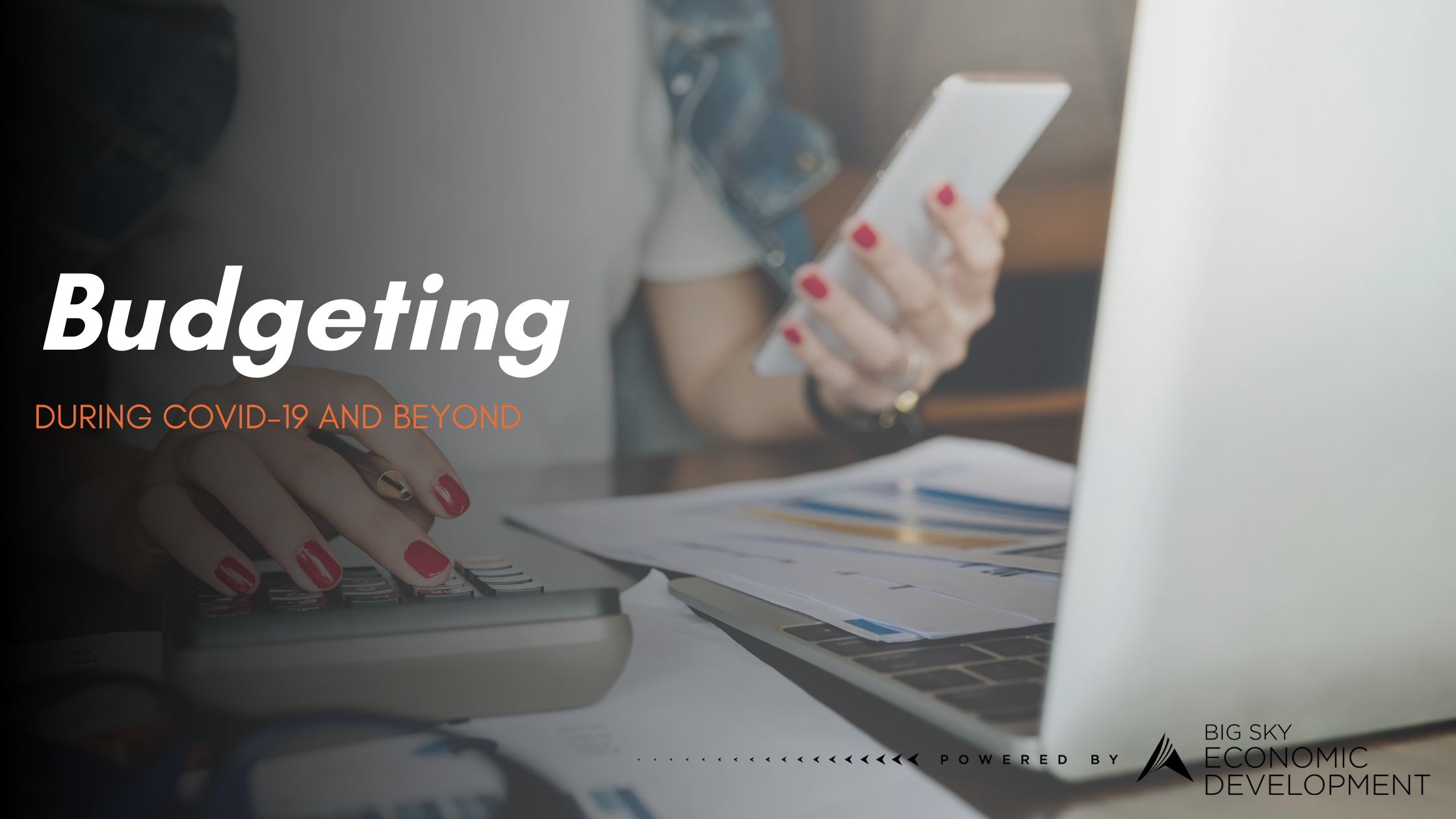By: Shanna Zier | Controller
If 2020 has taught us one thing, it is the importance of agility and adaptability. This is true for budgeting as well. Odds are your 2020 numbers did not meet your pre-pandemic expectations. In 2021, you can expect more of the same, as uncertainty over the pandemic, the government response, and numerous other local and national issues continues.
Budgeting in 2021 will require a lot of flexibility. We will likely continue to see uncertainties that will impact organization budgets through 2021. Although 2020 has been an unusual year, it will still be helpful to include this information in historical data that will be used to help determine baseline figures for your next budget year. You will want to begin by understanding the current fiscal year status. This includes reviewing current year income and expenses compared to budget and forecasting these amounts through the end of the fiscal year. Make sure to analyze and understand any variances.
REVIEW ORGANIZATIONAL/PROGRAM GOALS
Before beginning the budget process, make sure to review organizational/program goals. This includes a review of your current operations and staffing levels. If current operations are projected to continue in 2021, determine if staffing levels are adequate and if they will remain consistent.
BEGIN WITH PERSONNEL COSTS
Begin the fiscal year budget process with personnel costs. Personnel costs, including salaries and benefits, are normally the largest expense item in a budget. Begin with inputting these known costs into next year’s budget. Make sure to account for any possible salary increases and any potential changes in cost of employee benefits.
START WITH FIXED ASSETS
When inputting other expenses into the budget, start with fixed expenses. This includes things such as utilities, rent, and insurance. Next input variable expenses. These are expenses that are based on organizational/program goals. These expenses may be reduced if programming (and associated revenue) is reduced. Be conservative with your expense budget and plan for the worst-case scenario. This may be a good time to shop expenses such as insurance and to look at discretionary spending to determine potential cost savings.
PROJECTIONS
To develop a more accurate budget, project income and expenses in the month(s) in which you anticipate revenue or expenditures will occur. It may also be helpful to develop a few different budget scenarios. For example, planning for best, moderate, and worst-case scenarios. This last year has taught us to remain agile and pivot when necessary. Developing different budget scenarios will allow an organization to prepare for a wide range of possibilities.


